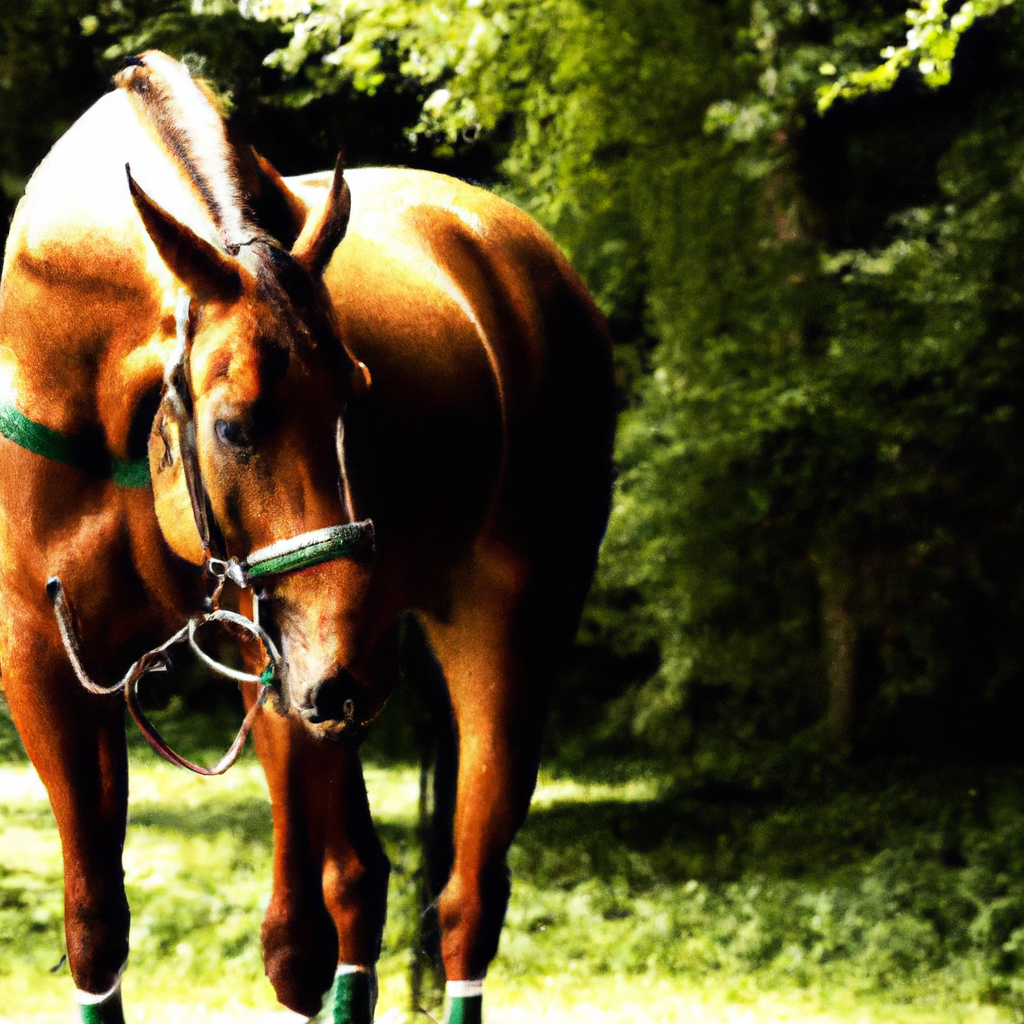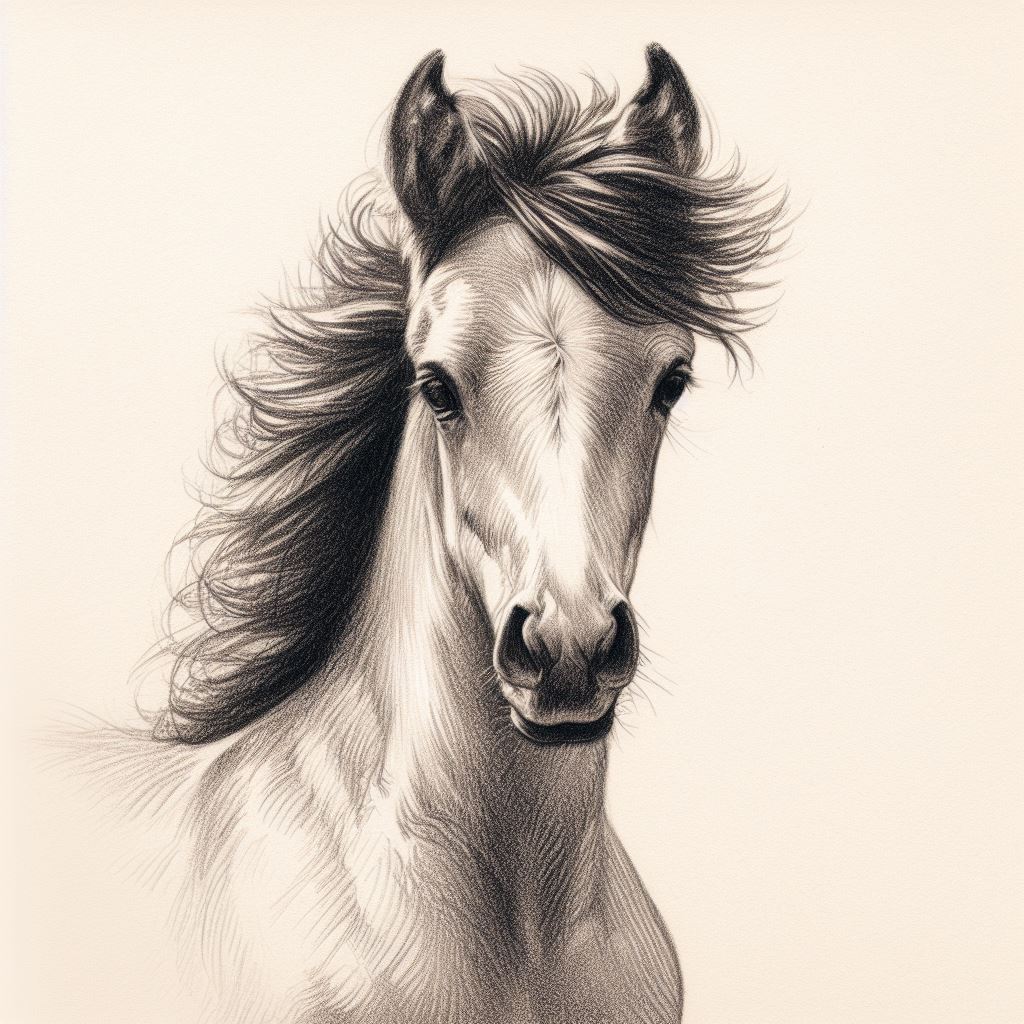You’ve finally done it. You’ve purchased a green horse – a young, untrained equine, full of potential and unshaped by any prior experience. Now comes the journey of molding your horse into a confident partner, and navigating through this pivotal process can seem overwhelming at first. The article, “The Essentials of Starting a Green Horse,” will serve as your compass by breaking down the stepwise process, highlighting critical training techniques, and providing insight on how to shape the horse’s behavior and responses. From harnessing your horse’s natural instincts to creating a bond based on trust and respect, this article will be your guide to training your new partner effectively.
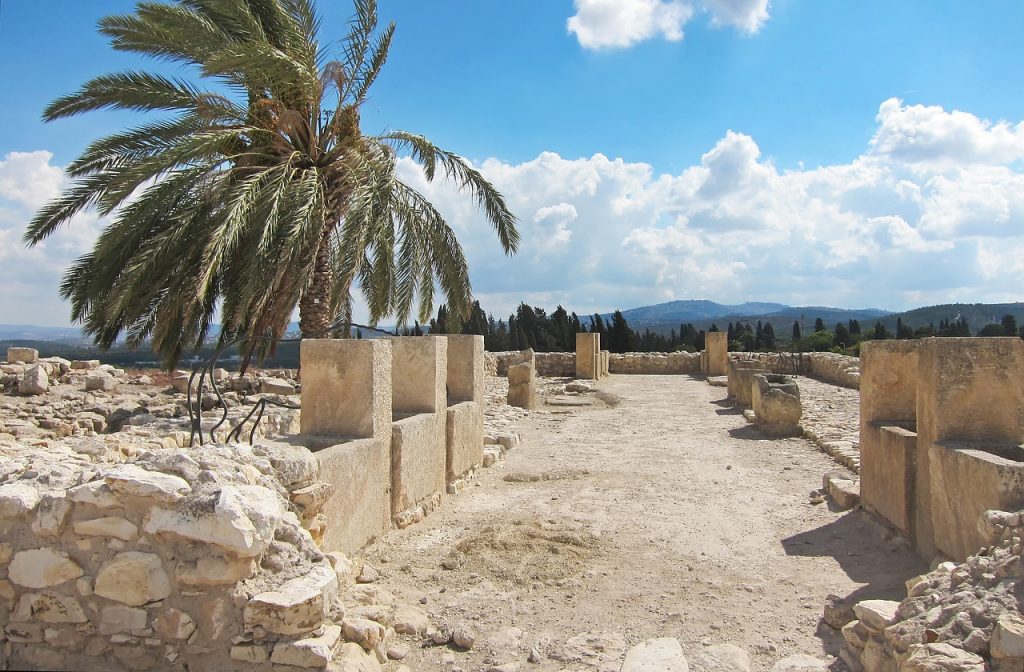
Understanding What A Green Horse Is
Before you begin your journey with a green horse, it’s critical to fully comprehend the term.
Defining a green horse
A green horse refers to a horse that has received minimal training or is new to specific training. It’s not about the horse’s age, but more so about their experience level with training and handling. Its greenness can be compared to the phrase ‘green behind the ears’, denoting inexperience or naivety.
Traits of a green horse
Green horses commonly display certain traits. Their lack of experience might make them nervous or hesitant. They may not understand or respond correctly to commands, and their movements may be less refined than a trained horse. Regardless, they’re also often keen learners, and with the right approach, these horses can bloom wonderfully under guidance.
Identifying the age of green horses
While age doesn’t determine a green horse, it’s always essential to know it. Horses mature at different rates, and their age can impact how they respond to training. Therefore, it would be a good idea to get some insights into your horse’s age before you start training.
Preparing For Training
Training a green horse requires careful preparation. You don’t just jump in!
Determining horse’s readiness for training
Before beginning, assess your horse’s readiness for training. Factors like health, temperament, age, and previous experiences can determine its readiness. Just like humans, every horse is unique, and understanding this will guide your training approach.
Setting up a suitable training environment
A safe, quiet, and comfortable space can make training sessions productive. Avoid busy and noisy environments that could stress your horse out. An uncrowded, secure outdoor area or a well-ventilated indoor arena could work for the initial stages.
Gathering essential horse training tools
Several tools can aid your horse training journey. Basics include a well-fitting halter and lead, a grooming kit, a saddle and bridle, and depending on the horse and its training, possibly a lunge line or long reins. Remember, tools themselves do not train the horse – you do. The tools just assist in the process.
Understanding the horse’s unique personality and temperaments
No two horses are exactly alike. Each has its own personality and temperament which influence its learning pace, behavioural reactions, and relationship with you. Spend time with your horse to understand its unique quirks, likes, dislikes, and fears. This understanding will help you customize a more effective training approach.
Developing a Training Plan
A successful training plan is not born out of random sessions. It takes strategic planning and careful execution.
Outlining training goals and objectives
Define clear, achievable goals and objectives for your horse’s training. Goals might include being comfortable with basic commands or mastering certain tricks. Having clear objectives can guide your training and allow you to measure progress.
Creating a timeline for training
Without a timeline, training can lack structure and consistency, two crucial components for progress. The timeline need not be rigid, but it should provide a broad framework for proceeding with the training.
Including necessary skills in the plan
Various skills, from basic commands like “stop” and “go” to more complex ones like “leg yield” and “half pass,” should be included in your horse’s training plan. The mix of skills depends on your objectives and the horse’s current level.
Balancing progress and horse’s health
While training a green horse, it’s critical to balance progress with the horse’s health. Prompting fast-track learning in a bid to achieve quicker results might lead to stress or injury. Keep training sessions short, consistent, and gradual to ensure the horse’s well-being.
Equipping Yourself With Basic Horse Training Skills
Before teaching, you need to learn. Here are some essential skills to master.
Understanding horse language and behaviour
To effectively train a horse, you must understand its language and behaviours. This includes recognising different body language cues and sounds that communicate emotions and responses.
Learning effective horse handling
Good horse handling skills are critical for training. This includes leading a horse correctly, moving around them safely, and understanding how to use training tools in a manner that encourages trust and respect rather than fear.
Gaining knowledge about horse safety
Horses are large and can be unpredictable. Equip yourself with pertinent information about horse safety, including knowing how to approach a horse and understanding signs of danger.
Learning to ride if necessary
If your training goals include riding, you’ll need to learn to ride. Enroll in a proper equestrian course to get the right training and experience before you teach a horse to carry a rider.
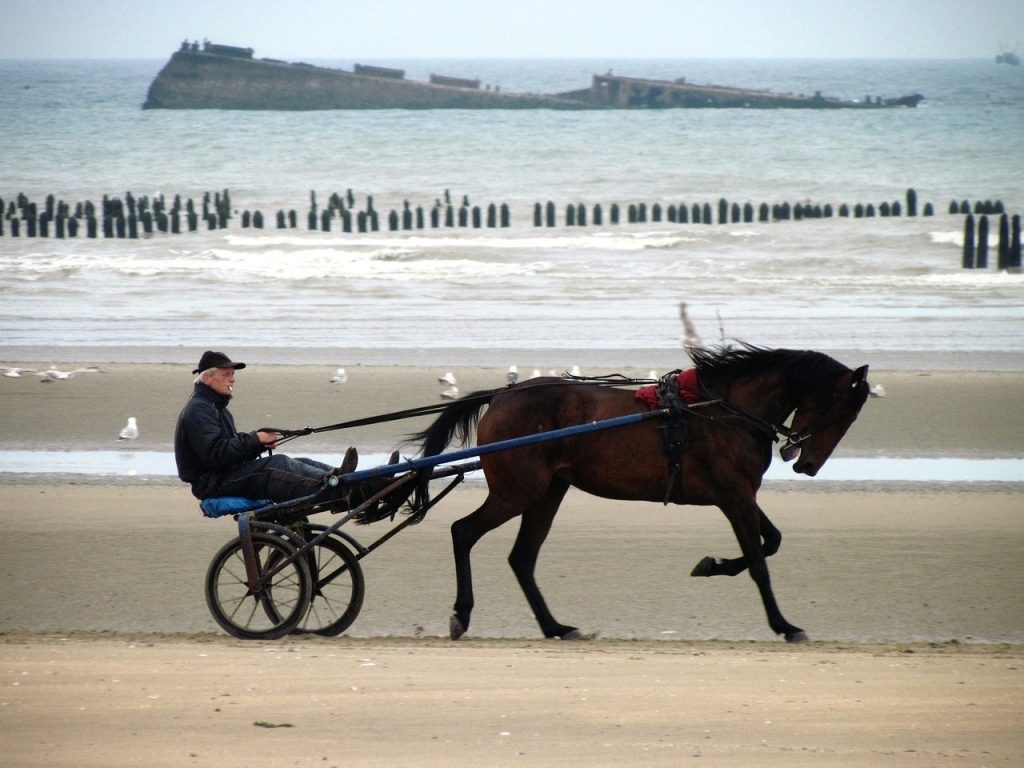
The First Training Session: Groundwork
Begin from the ground before you hit the saddle.
Teaching the horse to respect your space
Respect plays an integral role in horse training. The horse must learn to respect your personal space – not rushing forward or crowding you.
Encouraging obedience
A horse’s obedience isn’t acquired overnight. Gradually instil in your horse that listening to your commands brings pleasantries and refusing them brings consequences.
Teaching basic commands
Start with simple commands like “walk”, “stop”, and “stand”. Be patient, consistent, and use positive reinforcement for the best results.
Gaining the horse’s trust
Trust is the cornerstone of your relationship with your horse. Spend consistent, quality time with your horse, be patient, understanding and gentle, and always keep your promises.
Gradual Introduction To Riding
When your horse is comfortable with basic groundwork, you can introduce riding.
Introducing the saddle
Introduce the saddle gradually by letting your horse smell it, placing it over its back without fastening, then slowly making it a part of its daily routine.
Getting the horse comfortable with weight on its back
The feeling of weight on their back is new for a green horse. Start by applying slight pressure and gradually increase it. This can take time, but patience is key!
First steps in mounting and dismounting
Before mounting, ensure your horse feels comfortable with a saddle and with weight on its back. Use a mounting block to reduce pressure on the horse’s back and sides during the process. Similarly, while dismounting, be gentle and slow.
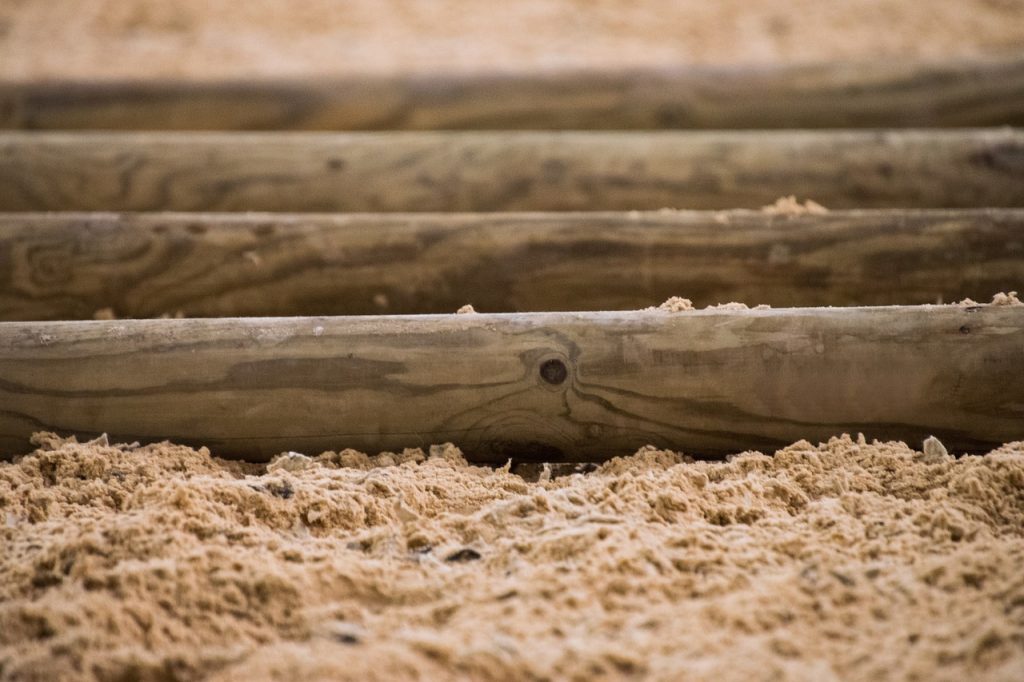
Refining Riding Skills
Once your horse is comfortable with the rider, it’s time to work on refinement.
Teaching steers and direction changes
Directing a thousand-pound animal isn’t easy. Teach your horse to smoothly respond to steering commands and change directions when needed by using simple aids.
Introducing more complex commands
Once your horse is comfortable with the basics, gradually introduce more complex instructions. However, make sure you don’t rush.
Building up riding time
Start with short periods in the saddle, and slowly build up towards longer durations. Follow your horse’s cues, don’t tire it too much, maintain the joy of riding, and focus on quality over quantity.
Honing rider-horse communication
Cultivate good communication with your horse. Understand its signals, and ensure it understands yours, creating clear lines of communication based on trust.
Handling Difficult Behaviour
Training a green horse may involve handling challenging behaviour.
Identifying cause of problematic behaviours
If your horse demonstrates difficult behaviour, identify what’s causing it. This could range from health issues to confusion over commands, fear, or a sudden change in environment.
Addressing fear and anxiety in horse
A scared horse can be challenging to manage. Identify your horse’s fears and find ways to reduce anxiety, using positive reinforcement techniques.
Reinforcing positive behaviour
Consistently reinforce the behaviour you want to see using rewards. Horses are more likely to repeat a behaviour if they have a positive association with it.
Seeking professional help if necessary
If a horse continues to display problematic behaviours despite your best efforts, it may be necessary to seek professional help. Experienced horse trainers or ethologists can provide valuable insights and strategies to handle complex issues.
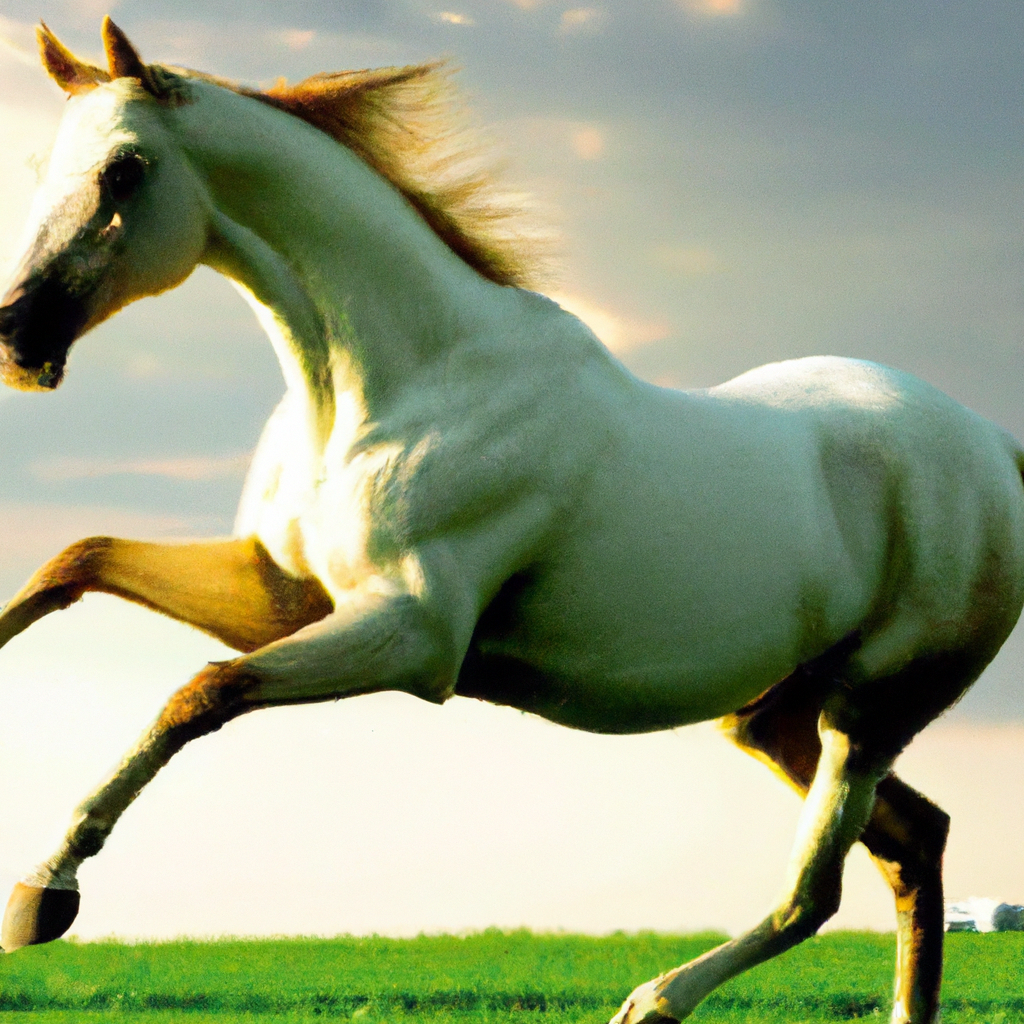
Maintaining Horse’s Health With Veterinarian Checkups
Your horse’s health is equally critical during the training process.
Scheduling regular vet appointments
Regular vet checkups can help spot potential health problems early before they affect this composed beast. Maintain a consistent schedule for vaccinations, deworming, and dental and hoof care.
Addressing any health issues promptly
Should your horse indicate any signs of injury or illness, seek veterinary advice immediately. Early treatment can prevent further complications and ensure your horse remains healthy throughout the training.
Understanding dietary requirements and horse wellness
Horses require a specific diet to remain robust and energetic. Consult a veterinarian or equine nutritionist to understand the correct feed quantities, types, and feeding schedules.
Equipping with knowledge of equine diseases and their signs
Learning about common equine diseases and their signs will help you to quickly spot if something is off and seek immediate help.
Reflecting And Continuous Learning
Training a green horse is a constant process that requires self-reflection and learning.
Assessing training progress
Evaluate your horse’s progress regularly to identify what methods work, what needs improvement, and how you can adjust your strategies to enhance learning.
Taking corrective actions if required
If your horse is struggling with a particular skill, don’t hesitate to take a step back, revisit the basics, and then try a different approach.
Keeping updated with latest horse training methodologies
The equine industry is continually innovating training techniques. Keep yourself updated with the latest methodologies that will enhance your horse’s training experience.
Celebrating milestones and successes
Every small step forward is a big achievement in a green horse’s training journey. Celebrate these milestones with your four-legged friend to keep motivation levels high. After all, the journey is as important as the destination. Leverage each step of this beautiful journey to create an unbreakable bond with your horse, making you the best team in town!
